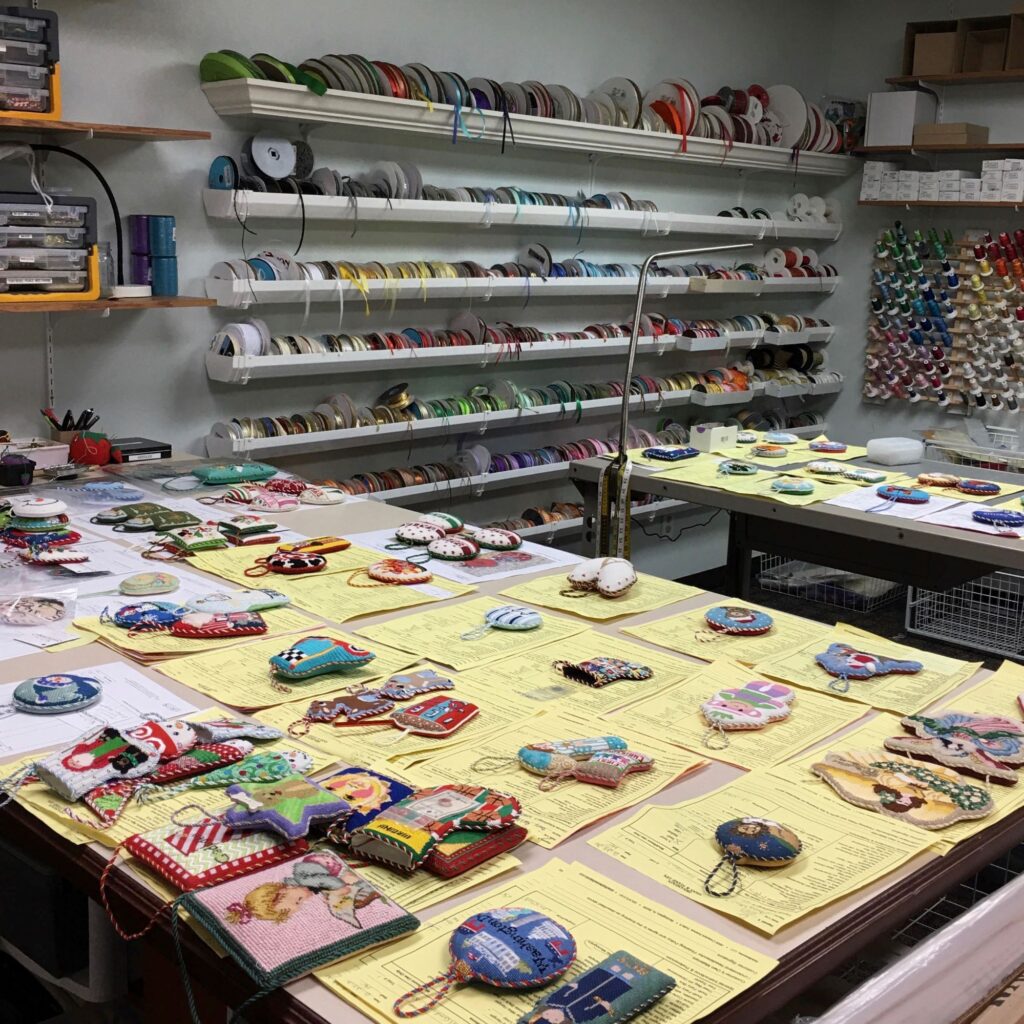Ferns come in a wide range of species and cultivars, each with its unique characteristics. This diversity allows plant enthusiasts to choose ferns that suit their preferences and the specific conditions of most spaces and environments.More
Ferns come in a wide range of species and cultivars, each with its unique characteristics. This diversity allows plant enthusiasts to choose ferns that suit their preferences and the specific conditions of most spaces and environments. While ferns have some specific care requirements, they are generally considered low-maintenance for indoor and outdoor growing. Given that they are one of the oldest still existing plants on earth, a little gardening mishap is unlikely to mean the end of this adaptable plant.

Ferns are pre-historic plants that have been around for hundreds of millions of years. They belong to the plant division Pteridophyta and have a fascinating evolutionary history. The origins of ferns can be traced back to the Paleozoic Era, specifically the Carboniferous period when they flourished and dominated the landscape. They were among the first vascular plants to appear on Earth and played a significant role in shaping the planet's ecosystems.
The fascination with ferns as houseplants can be traced back to the Victorian era, known as the "Fern Craze." During this time, ferns were highly sought after as ornamental plants, and their collection and cultivation became a popular hobby among the Victorian elite. This historical interest laid the foundation for the popularity of ferns as houseplants. There has been a resurgence of interest in indoor gardening and houseplants in recent years, driven by a desire to reconnect with nature, reduce stress, purify pollutants from the air and enhance interior decor.
Caring for Indoor Ferns:
Light: Although ferns typically prefer filtered natural sunlight, they do have the ability to thrive in low to moderate light conditions, which is common in many indoor environments. This adaptability to lower light levels makes them an attractive choice for indoor gardeners who may not have access to abundant natural sunlight.
Temperature and Humidity: Ferns are distributed across various climates and habitats, including temperate, subtropical, and even some arid regions. However, many popular houseplant varieties such as the Boston Ferns and Maiden Hair Ferns thrive in moderate temperatures 15-25°C with high humidity levels of around 50%. To increase humidity, you can use a humidifier or place a tray of water near your ferns.
Soil: Many houseplant ferns prefer aerated and consistently moist but not waterlogged soil. The soil must have good water retention and draining properties, slightly acidic, and organic-rich as found in most premium potting mixes. However, you can use a mix of peat moss, perlite, and pine bark instead.
Watering: To maintain consistently moist soil, water when the top 5cm of soil feels slightly dry to the touch. Make sure the pot has proper drainage to prevent root rot if you are worried about overwatering.
Most ferns do relatively well with the occasional dry spell. However, if you are worried about constant underwatering or forgetfulness there are plenty of drought-tolerant varieties to choose from.
Fertilising: Feed your ferns with a balanced liquid fertiliser during the growing season (spring and summer) every 4-6 weeks. Reduce or eliminate feeding during the dormant season (autumn and winter).
Repotting: Although some ferns can tolerate being slightly pot or root-bound, they prefer aerated soil with ample space to stretch out their roots. Repotting is usually needed every 1-2 years, but it can vary by fern species and growth rate.
Propagation: The most successful form of reproduction is spore propagation. Ferns reproduce through spores rather than seeds located on the undersides of fern fronds. When spores are released and germinate, they develop into gametophytes, which produce male and female reproductive cells. These spores can be collected and sown into small seedling trays using a moist but sterile, propagation soil. Other propagation methods include root division and detaching offsets.

Popular Types of Ferns
Boston Fern (Nephrolepis exaltata): Boston ferns are one of the most popular and recognisable ferns for indoor cultivation. Their elegant, arching fronds and lush, feathery foliage give them a timeless, classic appearance. They are relatively easy to care for and adapt well to indoor environments. Boston ferns are also appreciated for their air-purifying qualities, helping to improve indoor air quality.
Maidenhair Fern (Adiantum raddianum): Maidenhair ferns are prized for their delicate and dainty appearance. The distinctive, fan-shaped fronds and delicate, lacy appearance of maidenhair ferns make them a favourite among fern enthusiasts. They add a touch of elegance to any room and thrive in low-light conditions, but they can be fussy when it comes to care and maintenance.
Bird's Nest Fern (Asplenium nidus): Bird's nest ferns are known for their unique and exotic appearance. These ferns are popular due to their wide, glossy fronds that resemble a bird's nest, adding a tropical and exotic vibe to your indoor garden. They are relatively low-maintenance and well-suited to indoor conditions, making them attractive to a wide range of plant enthusiasts.
Staghorn Fern (Platycerium spp.): Staghorn ferns are gaining popularity as unique and artistic wall-mounted plants. Loved for their striking and distinctive appearance, Staghorn ferns create a captivating and artistic display. Their distinctive antler-like fronds give them a one-of-a-kind look, and they are a great choice for plant enthusiasts looking to make a statement. While not particularly difficult to maintain, be careful to not mount them in areas that can be exposed to direct sunlight.

Problems and Solutions
Overcrowding: Overcrowding can be a common problem when growing ferns, especially if you have several ferns in a single container. Overcrowding can lead to a range of issues, such as competition for resources, poor air circulation, and increased risk of pests and diseases.
It's essential to repot your ferns into larger containers. Choose pots that provide adequate space for each fern to grow without being too crowded. If you cannot or do not want to repot or divide your ferns, you can periodically thin them out. This involves carefully pruning the fronds or portions of ferns and their roots to reduce crowding while leaving enough in place for a healthy appearance.
Low Humidity: Ferns are sensitive to low humidity, and insufficient moisture in the air can lead to dry and browning fronds. Increase humidity by using a humidifier, placing a tray of water and pebbles near the plants, or misting the fronds regularly to keep them well hydrated.
Fungal and Bacterial Disease: Due to warm temperatures and high humidity, ferns can occasionally be susceptible to fungal diseases like rhizome root rot and rust, which appear as orange or brown pustules on the fronds, typically on the undersides. The fronds may also develop dark, water-soaked lesions due to bacterial leaf spot.
Avoid overwatering as this can foster fungal diseases. Ensure proper spacing if you are planting more than one fern in a pot. Prune back foliage growth to prevent overcrowding and allow for healthy airflow. Regularly inspect the whole fern for issues and isolate infected plants to prevent diseases from spreading to healthy plants. If using fungicides or pesticides, adhere to instructions closely.
Extreme Temperatures: Many popular houseplant ferns are native to moderately subtropical regions. Although they are hardy enough to withstand short periods outside of their comfortable growing conditions, temperate seasons that incur scorching hot summers and bitingly cold winters can cause stunted growth and small and weakened foliage. Consider growing ferns that are more suited to your particular region.
The most noticeable sign of cold damage are browning or blackening of fronds that are brittle to the touch. They can also curl in on themselves in order to protect the more delicate edges from frostbite. Move your ferns indoors when temperatures start to cool down in autumn or cover them with a protective blanket to avoid frost damage.
One of the most common signs of heat stress is wilting fronds that droop or become limp. They may even drop off. In addition, direct sunlight can burn the fronds causing bleached or yellow patches, especially on the more sensitive tips. Move your ferns to a shadier space or filter sunlight through sheer curtains or other more sun-tolerant plants.
With their remarkable resilience and unique adaptability, ferns are accessible plants to gardeners of all skill levels and environments. By understanding their specific care requirements and considering the diverse range of species available, anyone can enjoy the lush elegance of ferns while enjoying their prehistoric charm in any space.
Feel like creating something? Learn how to make a miniature terrarium here.















